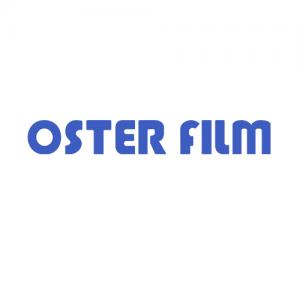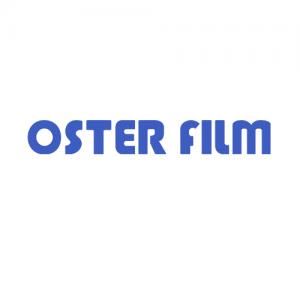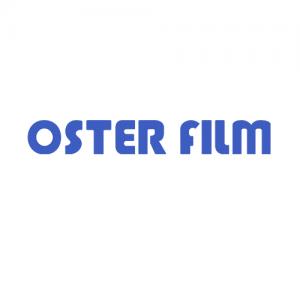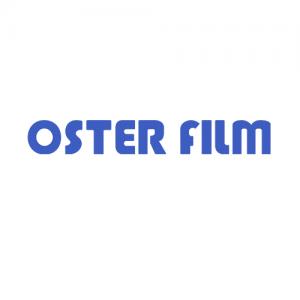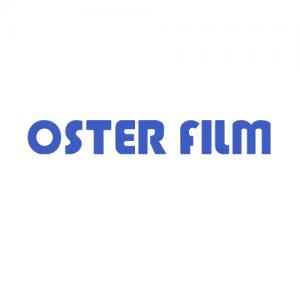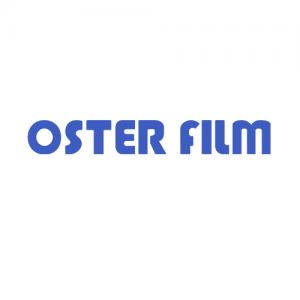Laminated glass with EVA foil
Generally speaking, for all types of laminated glass, laminated glass must follow some guidelines and standards to comply with current guidelines and rules.The following are the main conditions that must be paid attention to when using laminated glass, as well as the applicability and usability evaluation of specific EVA foil as laminated safety glass in buildings.
1. Laminated safety glass
According to the "Construction Products Regulations", laminated safety glass must comply with DS/EN 14449: "Architectural Glass-Laminated Glass and Laminated Safety Glass-Conformity Assessment/Product Standard" and therefore have the CE mark (performance declaration)
2. Personal safety
When classified according to the pendulum test approved by DS/EN 12600, the "Guidelines for the Building Code on Glass Sections, Glass Surfaces and Glass Protection in Buildings" define glass as personal safety glass: "Building Glass-Pendulum Test" — -Impact test method for flat glass".
Laminated glass is produced with many different types of foils as the intermediate layer, so simple foil types must be tested for approval.
Laminated glass size
According to building codes and related guidelines, the size of the structure must be determined according to its use. The latest standards that must be implemented in October 2019 before April 2020 should be incorporated and used in the design of laminated glass.
DS / EN 16612: 2019 "Architectural glass-Calculation of the load-bearing capacity of glass panels under surface load" and DS/EN 16613: 2019 "Architectural glass-Laminated glass and laminated safety glass-Determination of the mechanical properties of the interlayer" are so new that Each supplier has not approved the specific results, please refer to the approved standards. The existing standard is based on PVB foil.
No matter what kind of foil product is used, it is necessary to understand the actual characteristics of the product in order to determine its strength and bearing capacity according to the actual load borne by the laminated glass. For example, if laminated glass is exposed to large temperature differences, including intense sunlight and fire, and lower (cold) temperatures, these conditions must always be individually evaluated based on the characteristics required under a given condition.
4. Laminated glass production
The quality of the foil and the foil handling associated with the production of laminated glass are critical to the quality of the product. Therefore, it is very important for the manufacturer to carry out proper storage, handling and quality control according to the instructions of the foil supplier.
The manufacturer’s quality manual must contain relevant data such as the time of receipt, periodic temperature and humidity measurements, and the date of use according to the storage time approved by the foil supplier.
Generalize
The glass facts can be concluded on the current basis. According to DS/EN 12600, the tested laminated glass with current EVA foil should be regarded as laminated safety glass.
In addition, laminated safety glass with current EVA foil is used as a normal protective structure and can be used when the design (including size) of the laminated glass is suitable for the actual conditions of glass exposure.
It is assumed that the laminated glass manufacturer has followed the instructions of the film manufacturer.
The glass facts follow the technical information in the glass field, including information on laminated safety glass, and it is expected that the latest approved laminated glass standards will be widely used.
